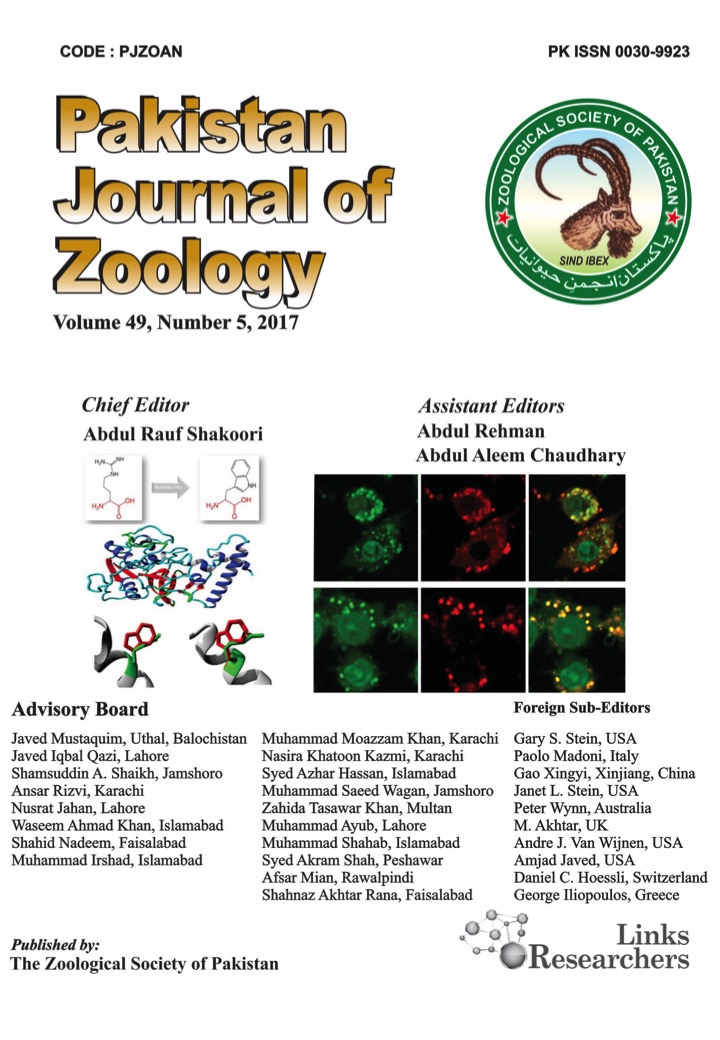Loss-of-Genetic-Polymorphism-in-Hatchery-Produced
Loss of Genetic Polymorphism in Hatchery Produced Cirrhinus mrigala as Revealed by Microsatellite Loci Analyses
Loss-of-Genetic-Polymorphism-in-Hatchery-Produced
Hina Amjad1, Khalid Abbas1*, Sajid Abdullah1 and Muhammad Anjum Zia2
ABSTRACT
Preservation of genetic variations is critical to maintain the evolutionary potential and fitness of fish populations. The purpose of the present study was to assess the genetic structure of eight different hatchery populations of Cirrhinus mrigala based on microsatellite loci. The numbers of alleles extended from 2 to 5 with the average values varied from 3.166 - 3.833. The average observed heterozygosity values varied from 0.478-0.549. The average values of inbreeding coefficient (FIS) varied from 0.175 to 0.261. Significant deviation from Hardy-Weinberg equilibrium was found in 14 out of 96 tests. The pairwise values of population differentiation ranged from 0.0055 to 0.0334. Analysis of molecular variance (AMOVA) revealed a significant genetic structuring between the hatchery populations. The UPGMA dendrogram divided the populations into two main clusters. Bottleneck was observed for all the hatchery populations. The findings of the present study would be helpful for defining effective management units in order to maintain the genetic integrity of commercially important freshwater fish species.
To share on other social networks, click on any share button. What are these?









